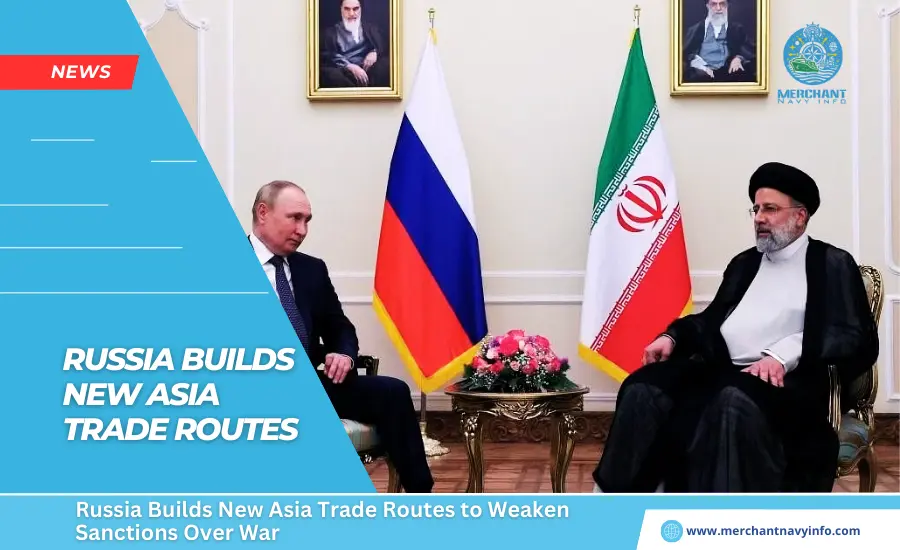
Shipping and rail links through Iran and the Northern Sea Route could lead Moscow to move away from Europe and increase its focus on Asia powers such as China and India. These have the potential to entrench Russia at the center of much international trade, even as the United States and its allies seek to isolate President Vladimir Putin over the war. The route could reduce transit times by 30-50% compared to the Suez Canal and comes amid security concerns plaguing the Red Sea as Houthi rebels attack international shipping ships over Israel’s war against Hamas in the Gaza Strip. It is possible to avoid this problem. Iran’s missile and drone attacks against Israel have added to the turmoil in the region. The United States and its Western allies are avoiding the Russian-backed route despite the potential cost savings, but major economies in Asia and the Gulf have expressed interest.
Russia is preparing to invest more than $25 billion to expand the route through Iran and improve facilities along Russia’s Arctic coast, including a fleet of domestic icebreakers. There are also plans to patrol the Northern Sea Route with a network of drone bases, Izvestia newspaper reported, citing unnamed Defense Ministry officials. Last May, Russia gave Iran 1.3 billion euros (1.4 billion gave a loan of $). Once completed, the railway will be able to deliver cargo from St. Petersburg to Bandar Abbas, Iran’s main export port in the Persian Gulf. “This construction will make it possible to achieve direct and uninterrupted rail transport along the entire north-south route,” Putin said in a video conference with his Iranian counterpart Ebrahim Raisi.
Significant Diversify
This will help significantly diversify global transport flows.” According to the Eurasian Development Bank, along the north-south route, including the long-distance rail network across Central Asia and the trans-Caspian network, Transport capacity could increase by 85%. % will increase to 35 million tons per year by 2030. It would link Russia with Iran, India, and possibly the rest of South Asia, the Persian Gulf, and Africa. Last August, Russia sent its first direct freight train to Saudi Arabia. “Even if other routes are cut off, this route will continue to work because it can withstand sanctions,” said Nikita Smagin, an analyst at the Kremlin-founded Russian International Affairs Council.
That’s The Basic Idea
Russia’s oil sales and purchases of electronics, industrial equipment, and automobiles will bring trade with China to a record $240 billion in 2023, up from $108 billion in 2020. It was more than double that of the dollar. Trade with India rose to nearly $64 billion last year from about $10 billion three years ago, as New Delhi’s purchases of Russian oil surged since the start of the Ukraine war. Russia’s growing trade with China has already prompted the Kremlin to spend billions of dollars modernizing the vast Eastern Railway to expand the capacity of the Trans-Siberian Railway and the Baikal-Amur trunk line by 2030. It has become.
In January, President Putin attended the groundbreaking ceremony for the fifth of seven nuclear-powered icebreakers Russia is building for use on the Northern Sea Route, saying the fleet represents a “huge competitive advantage” for Russia. When the two previous vessels were launched in November 2022, President Putin said that the vessels would “help Russia better exploit its export potential and open efficient logistics routes, including to Southeast Asia.” It will help establish it.” Meanwhile, India is investing in Chabahar, the only Iranian port with direct access to the Indian Ocean, after being freed from US sanctions. A Russian-backed rail link through Iran would open the way to Central Asia, particularly Afghanistan, and “offer a shorter route to Europe,” said Vaishali Basu Sharma, a former adviser to India’s National Security Council Secretariat.Emerging countries are finally breaking free from the hegemony of developed countries,” she said.










